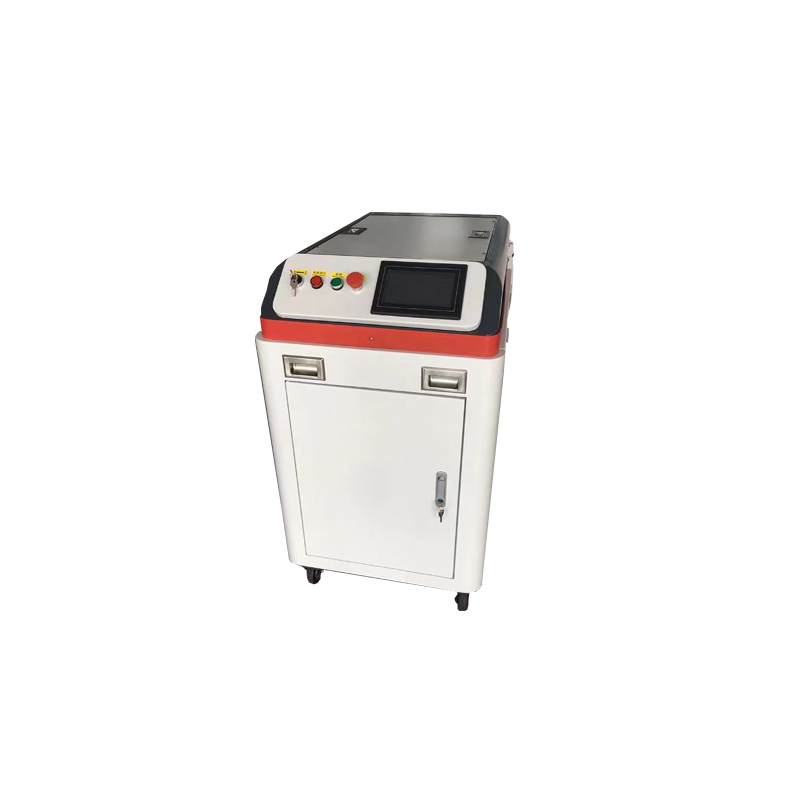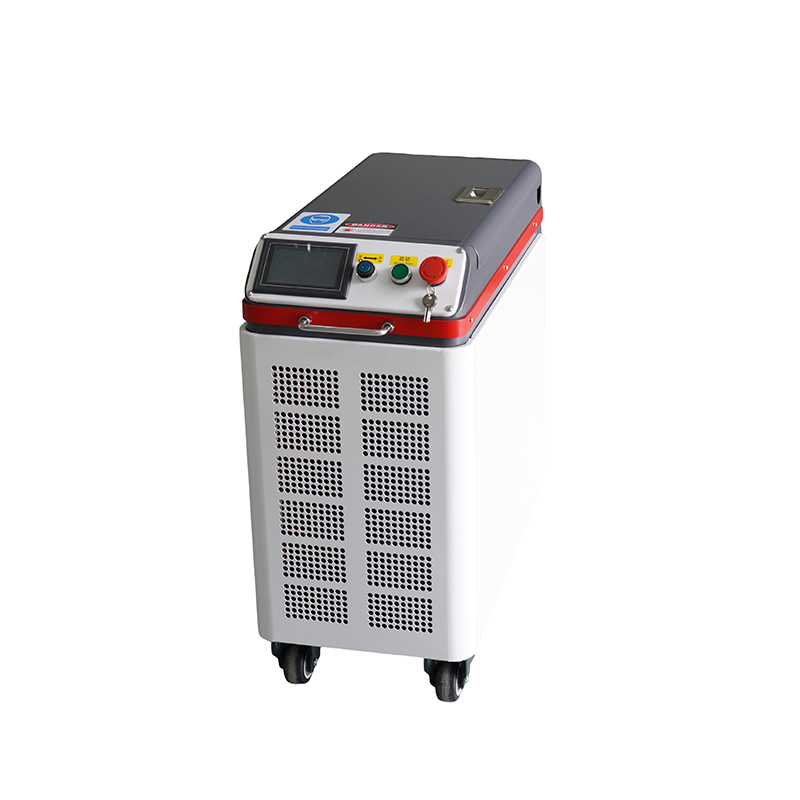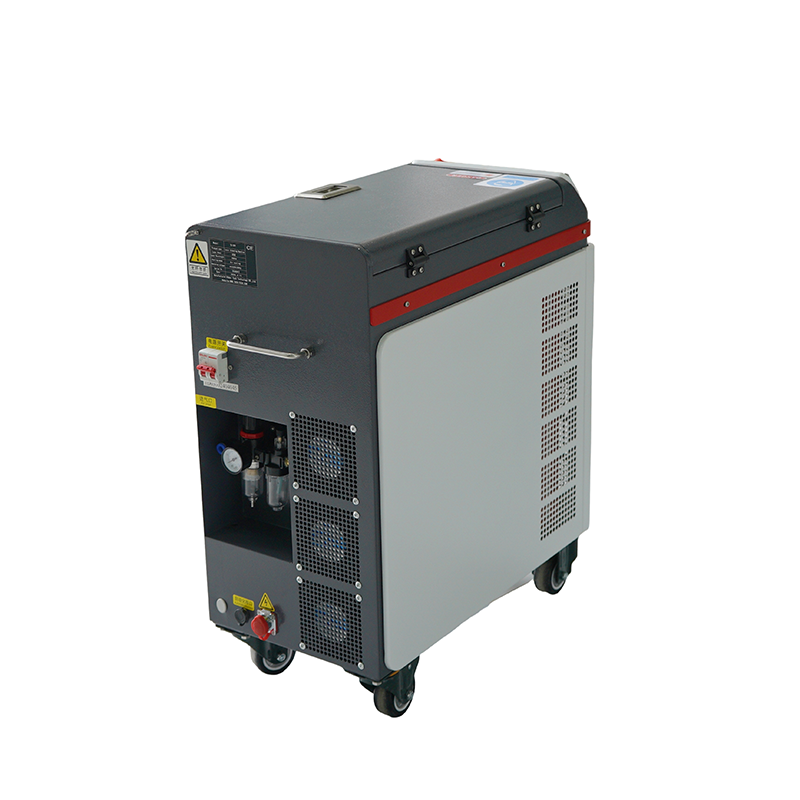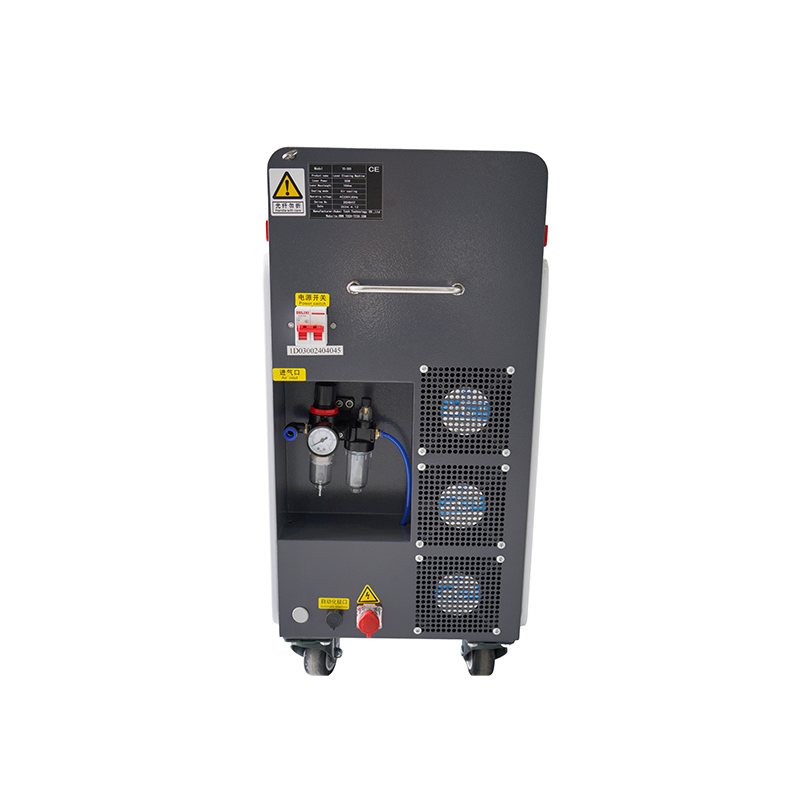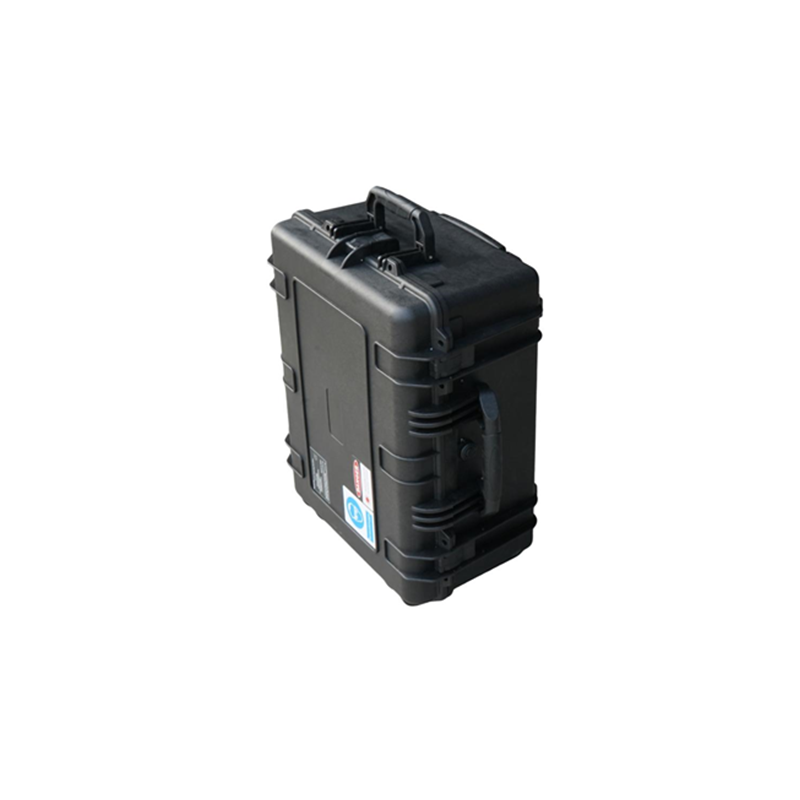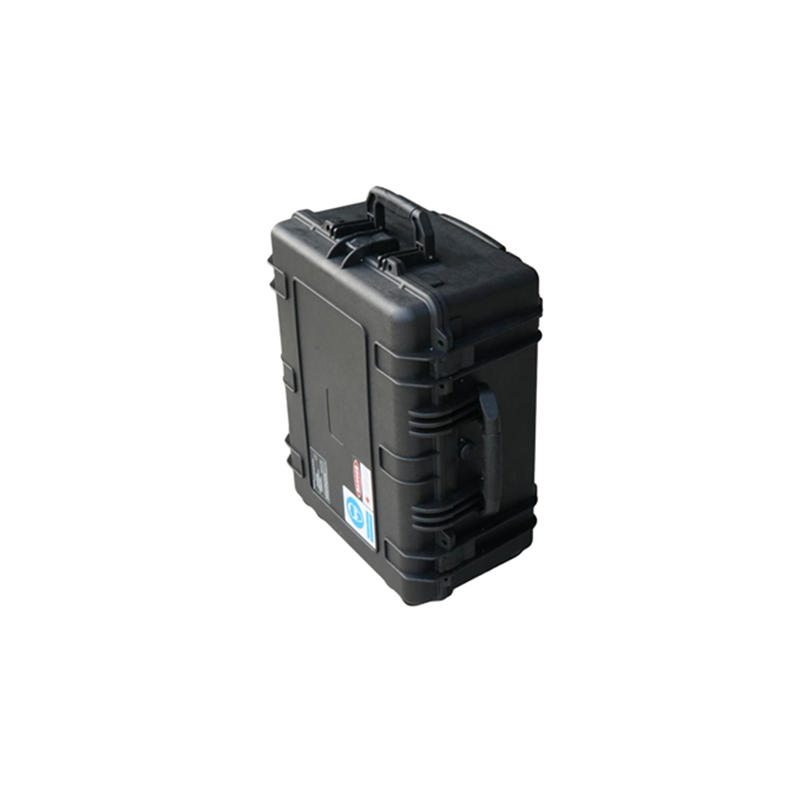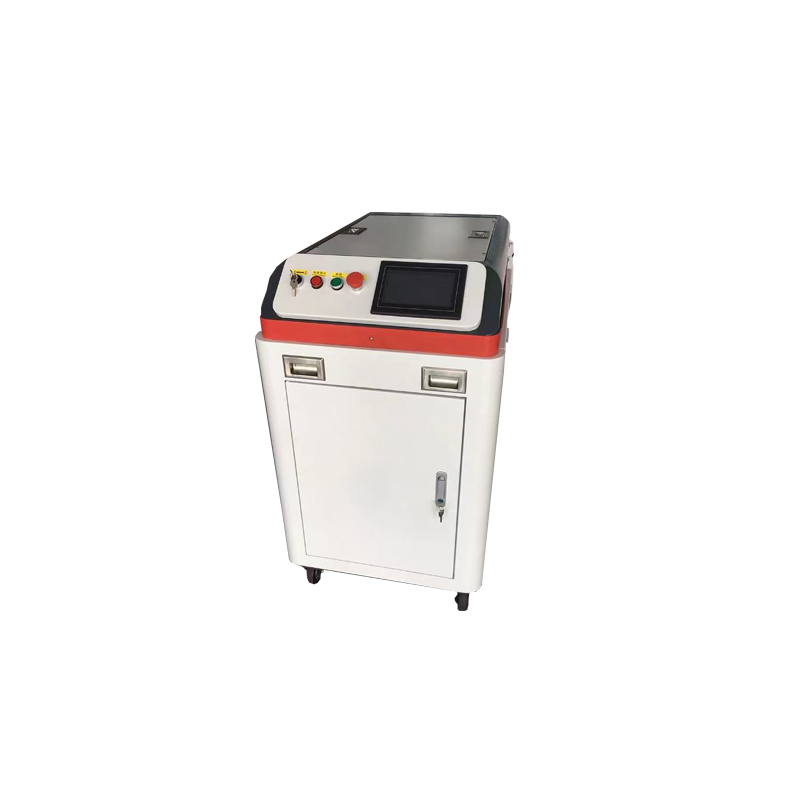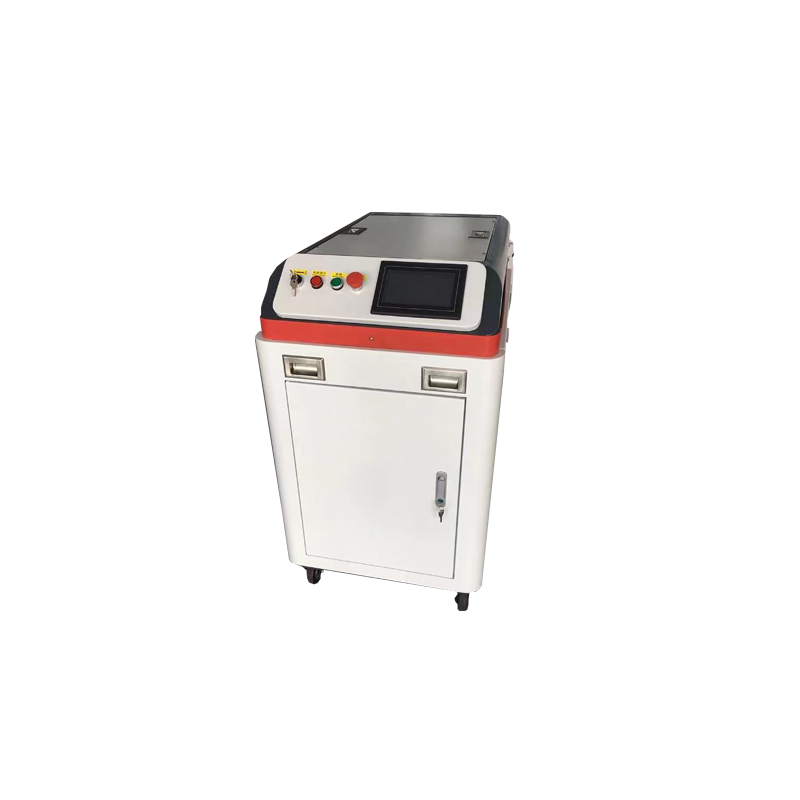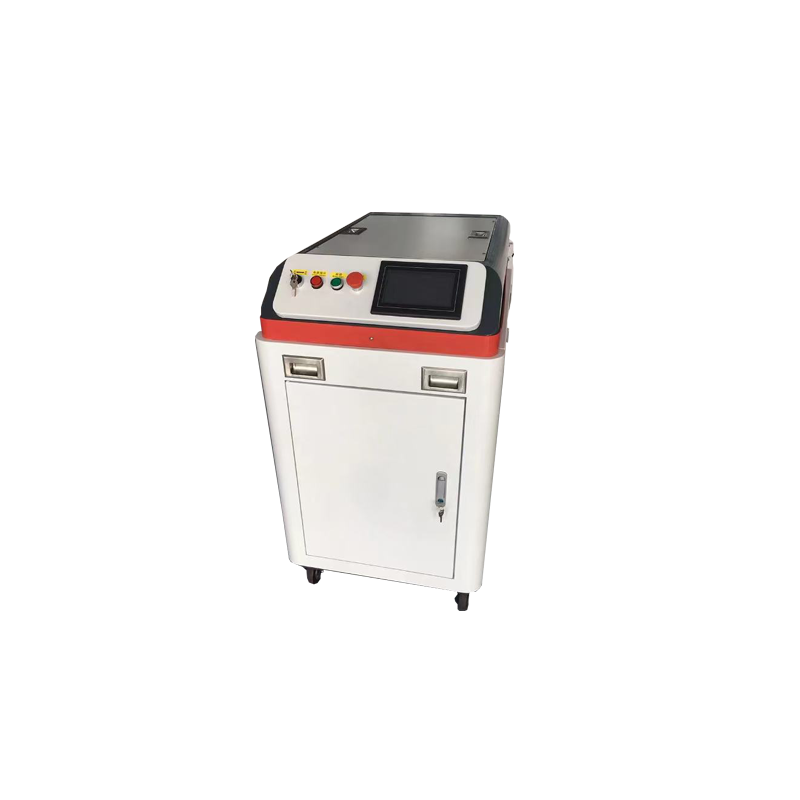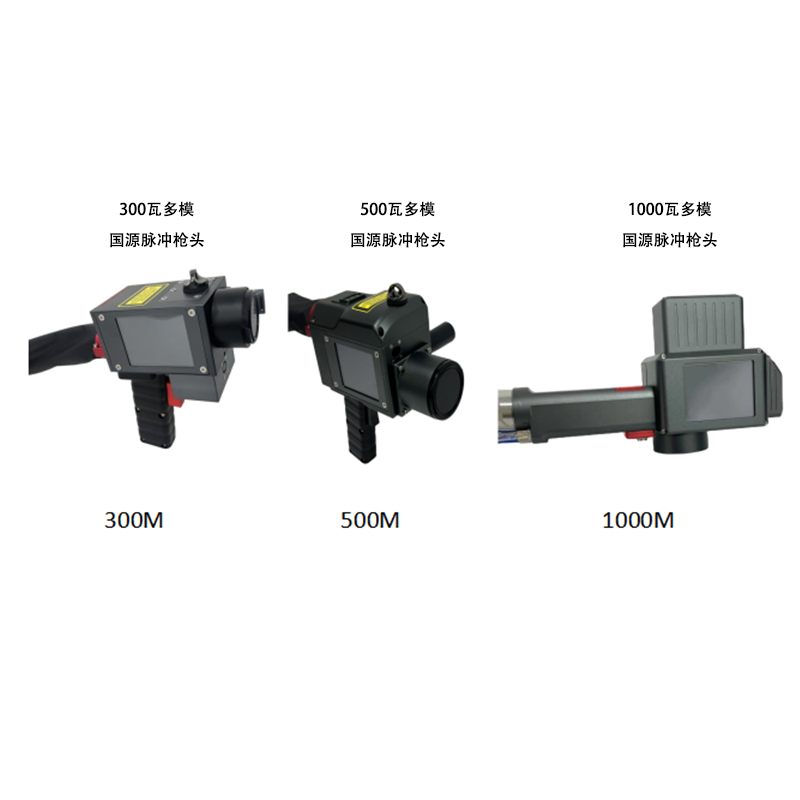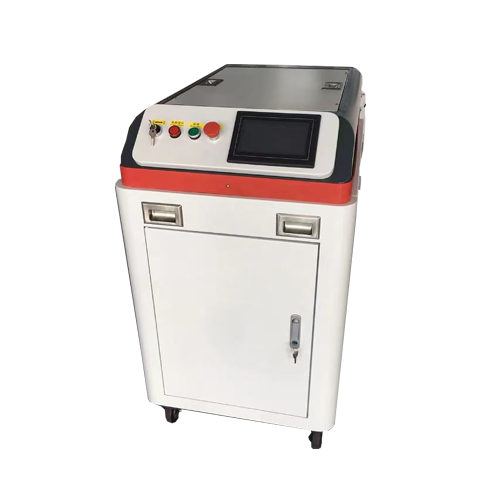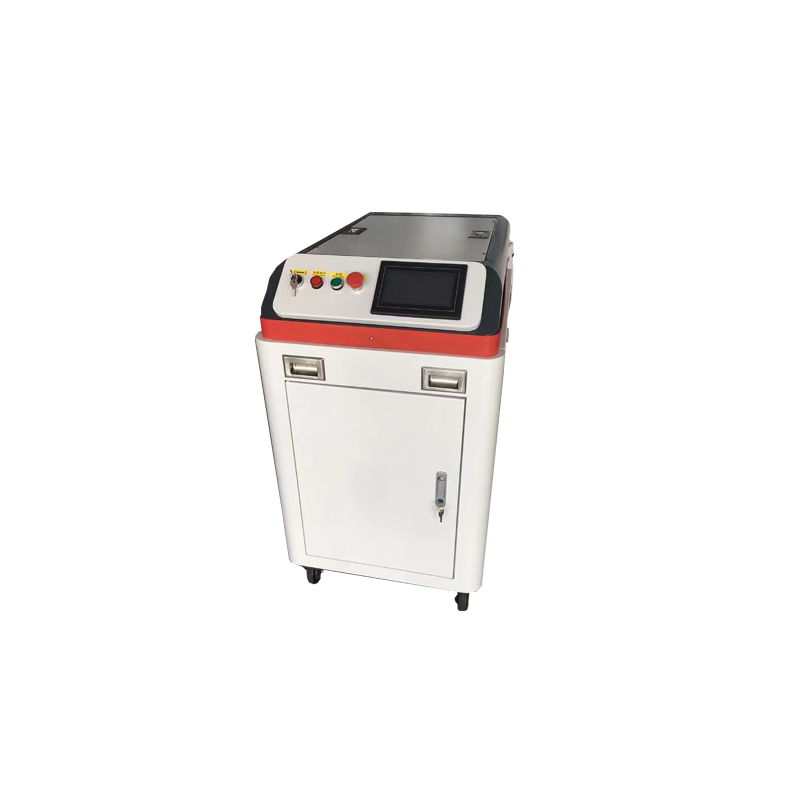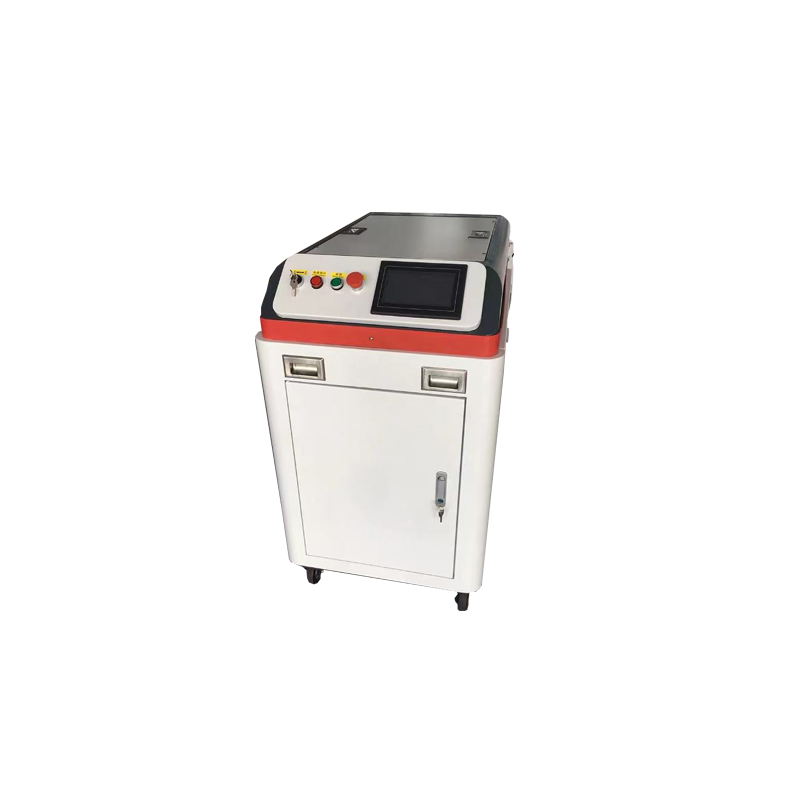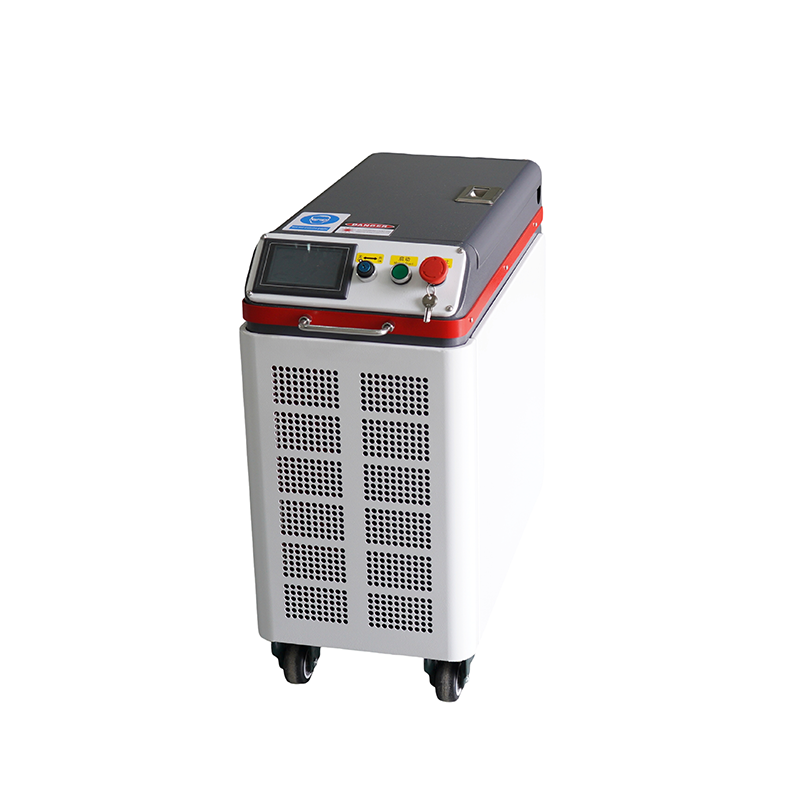- What is a Pulse Laser Cleaning Machine?
- Pros of Pulse Laser Cleaning Machines
- 1. Non-Abrasive and Non-Contact
- 2. Exceptional Precision and Control
- 3. Environmentally Friendly (Green Cleaning)
- 4. Minimal Substrate Damage
- 5. Automation and Digitization
- 6. Operational Efficiency and Safety
- Cons of Pulse Laser Cleaning Machines
- 1. High Initial Investment
- 2. Not Effective on All Materials
- 3. Speed for Large-Scale Projects
- 4. Safety Hazards Requiring Strict Protocols
- 5. Surface Preparation Limitations
- 6. Technical Knowledge Requirement
- Summary Table
- Conclusion
Of course. Here is a detailed breakdown of the pros and cons of pulse laser cleaning machines, explained for both general understanding and technical evaluation.
What is a Pulse Laser Cleaning Machine?
First, a quick definition. A pulse laser cleaning machine uses short, high-intensity bursts of laser light (pulses) to remove contaminants from a surface. The laser energy is absorbed by the contaminant (e.g., rust, paint, oil) but (ideally) reflected by the underlying substrate. This causes the contaminant to vibrate intensely, evaporate, or be ablated away, leaving the base material untouched.
It is a non-contact, abrasive-free, and environmentally friendly alternative to methods like sandblasting, chemical stripping, or ultrasonic cleaning.
Pros of Pulse Laser Cleaning Machines
1. Non-Abrasive and Non-Contact
Pro: The laser beam does not physically touch the surface. This eliminates mechanical wear, deformation, or micro-scratches that are common with sandblasting, wire brushing, or scraping.
Benefit: Ideal for cleaning delicate, precision, or soft surfaces like precision machinery, cultural artifacts, electronics, and thin coatings.
2. Exceptional Precision and Control
Pro: The beam can be focused to a very small spot (often fractions of a millimeter). Operators can precisely control the power, pulse frequency, and scan speed.
Benefit: Allows for selective cleaning—removing rust from a specific area without affecting surrounding paint or engraving serial numbers without damaging the part. This is impossible with most traditional methods.
3. Environmentally Friendly (Green Cleaning)
Pro: The process typically only requires electricity. It eliminates the need for harsh chemical solvents, toxic blasting media (like silica sand), or large volumes of water.
Benefit: No secondary waste or chemical disposal issues. The ablated material is often captured by an integrated filtration system (fume extractor) as dry dust, making it easy to collect and dispose of responsibly.
4. Minimal Substrate Damage
Pro: When parameters are correctly set, the laser removes only the target layer. The underlying material remains cool and unaffected because the pulse duration is too short for heat to transfer (a principle called "cold ablation").
Benefit: Preserves the integrity, hardness, and metallurgical properties of the base metal. No warping, etching, or surface profile changes.
5. Automation and Digitization
Pro: Laser systems can be easily integrated with robotic arms, gantries, and CNC systems for fully automated, repetitive cleaning tasks.
Benefit: Excellent for high-volume production lines (e.g., in automotive or aerospace) ensuring consistent, repeatable results with minimal operator intervention.
6. Operational Efficiency and Safety
Pro: Once set up, the process is fast for many applications and requires less manual labor than traditional methods. It also reduces worker exposure to harmful chemicals, flying abrasives, and repetitive strain injuries.
Benefit: Lower long-term operational costs, improved worker safety, and better compliance with health and safety regulations.
Cons of Pulse Laser Cleaning Machines
1. High Initial Investment
Con: The upfront cost of a industrial-grade pulse laser cleaning system is significantly higher than that of a sandblasting cabinet, pressure washer, or stock of chemical solvents.
Implication: This can be a major barrier for small businesses or workshops, requiring a clear calculation of Return on Investment (ROI).
2. Not Effective on All Materials
Con: The technology relies on a difference in absorption between the contaminant and the substrate. It struggles with:
Transparent substrates: The laser passes through (e.g., removing mold from glass can be tricky).
Highly reflective substrates: The laser energy is reflected and not absorbed (e.g., cleaning copper or aluminum without a special laser can be inefficient).
Certain paints/coatings: Some pigments may reflect the specific laser wavelength.
Implication: A thorough evaluation and sample test are essential before purchase to ensure compatibility.
3. Speed for Large-Scale Projects
Con: While fast for precision work, the cleaning speed (measured in square meters per hour) can be slower than large-scale industrial sandblasting for treating very large surfaces like ship hulls or massive storage tanks.
Implication: It may not be the most time-efficient solution for every large-scale industrial application, though multi-laser setups can mitigate this.
4. Safety Hazards Requiring Strict Protocols
Con: The primary hazards are:
Eye Damage: The direct or reflected beam can cause permanent eye injury.
Skin Burns: Direct exposure to the beam can burn skin.
Fume Inhalation: The ablated particles can be toxic (e.g., from lead-based paint).
Implication: Mandatory use of Class 4 laser safety equipment: enclosed work cells, interlocks, dedicated operator training, and appropriate Personal Protective Equipment (PPE) like wavelength-specific laser safety goggles. The work area must be controlled.
5. Surface Preparation Limitations
Con: Laser cleaning is superb at removal but does not provide a surface profile or "anchor pattern" (like the etch from abrasive blasting) that is often desired for optimal adhesion of new coatings.
Implication: For coating preparation, it may need to be followed by a secondary process if a specific surface profile is required by the coating manufacturer's specifications.
6. Technical Knowledge Requirement
Con: Optimizing the process requires understanding the interplay between laser parameters (wavelength, power, pulse duration, frequency, spot size) and the materials being cleaned.
Implication: Operators need proper training beyond simply pointing a gun. Incorrect settings can lead to inefficiency or damage the substrate.
Summary Table
| Aspect | Pros (Advantages) | Cons (Disadvantages) |
|---|---|---|
| Process | Non-contact, non-abrasive, no media | High initial investment cost |
| Precision | Extremely high, selective cleaning | Can be slower for very large surfaces |
| Environment | Green technology, no chemicals, low waste | Safety hazards (eye, skin, fumes) |
| Substrate | Minimal damage, preserves base material | Not effective on all materials |
| Operation | Can be automated, reduces manual labor | May not create a surface profile for coating |
| Usability | - | Requires technical knowledge to operate |
Conclusion
Pulse laser cleaning is a revolutionary technology that offers a clean, precise, and eco-friendly alternative to traditional cleaning methods. Its advantages are most pronounced in applications requiring precision, minimal substrate impact, and environmental compliance, such as restoration, fine part manufacturing, and nuclear decontamination.
However, its high initial cost, material limitations, and stringent safety requirements mean it is not a one-size-fits-all solution. For large-scale, heavy rust removal on industrial structures where surface profile is key, traditional sandblasting may still be more practical and cost-effective.
A hands-on sample test with your specific material is highly recommended to evaluate its effectiveness and potential ROI for your business.

